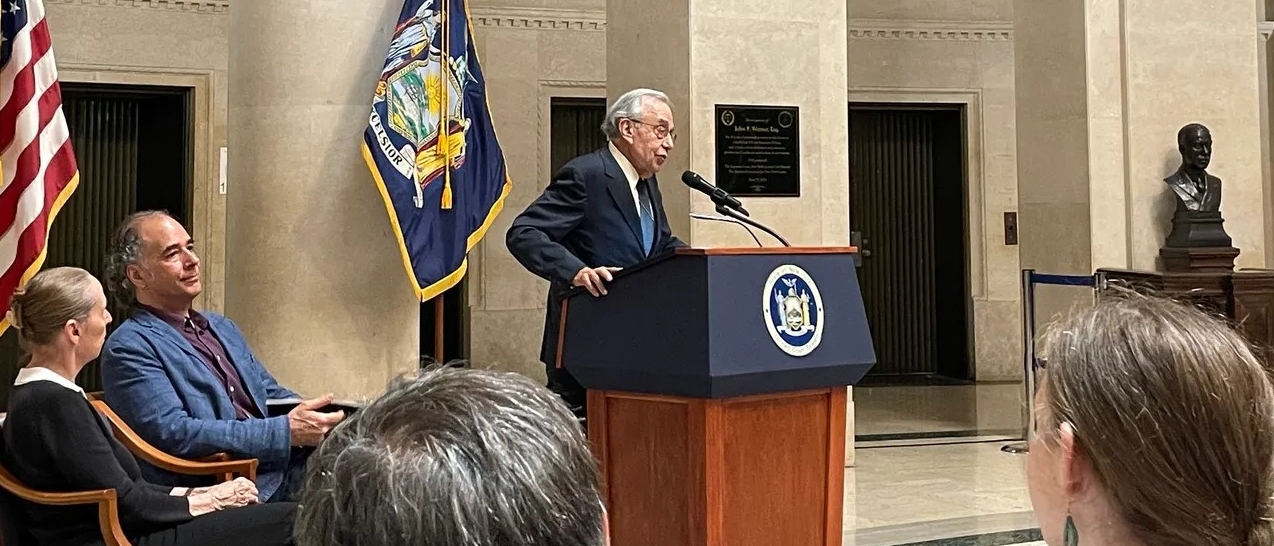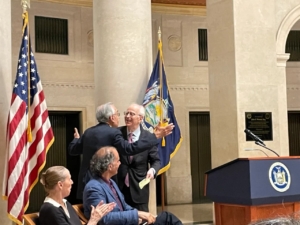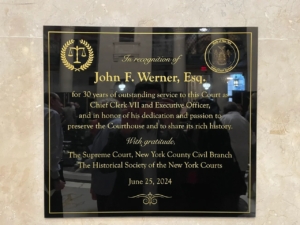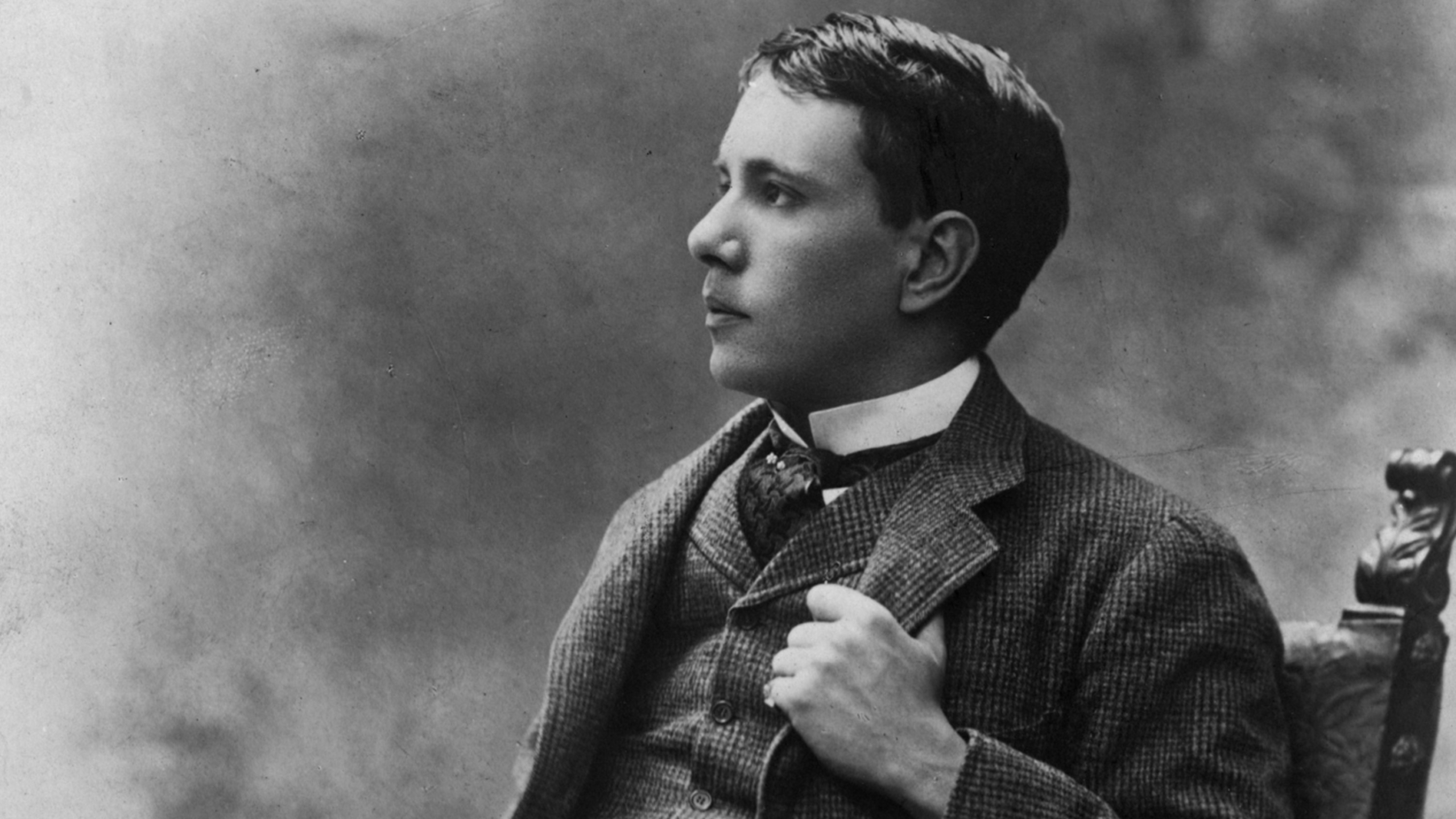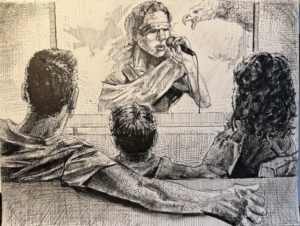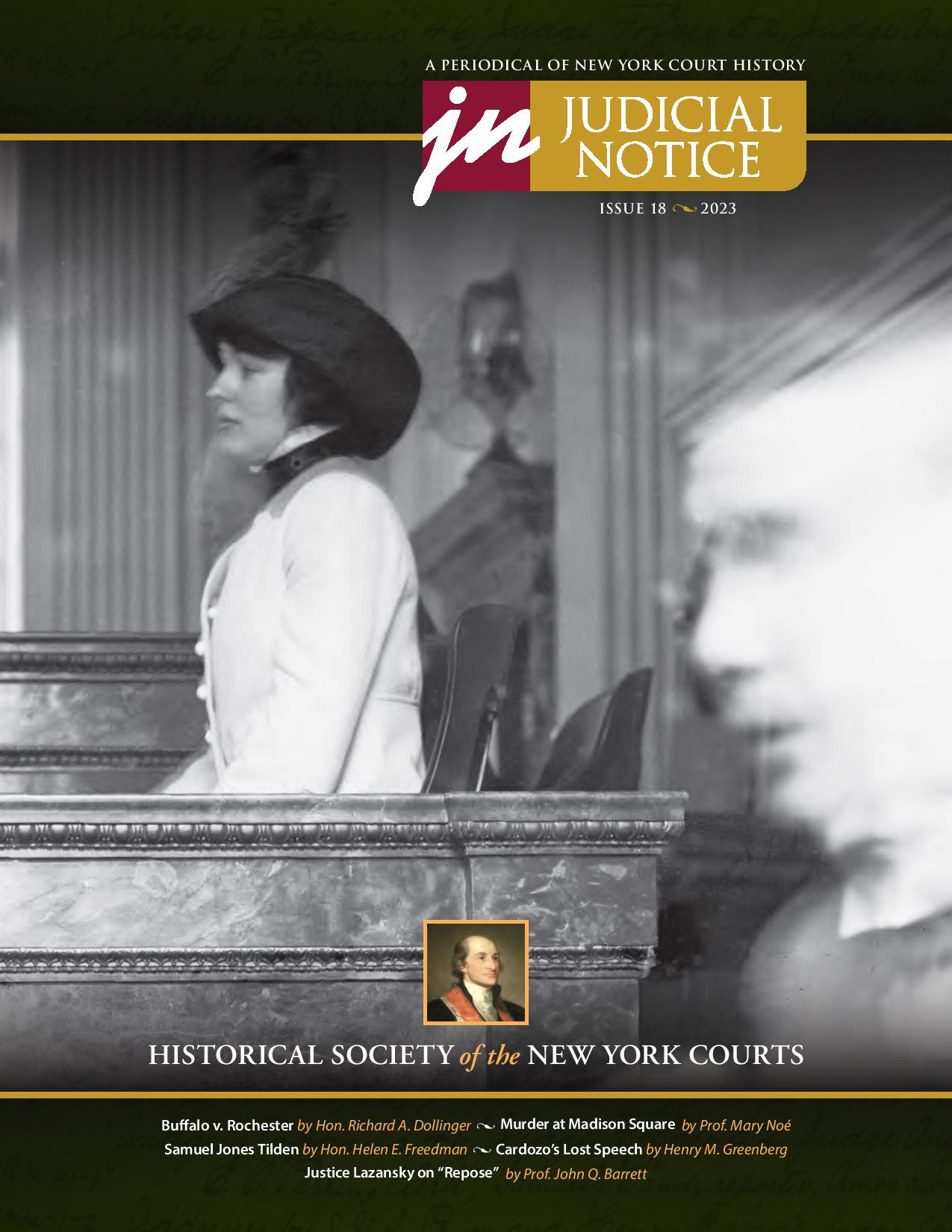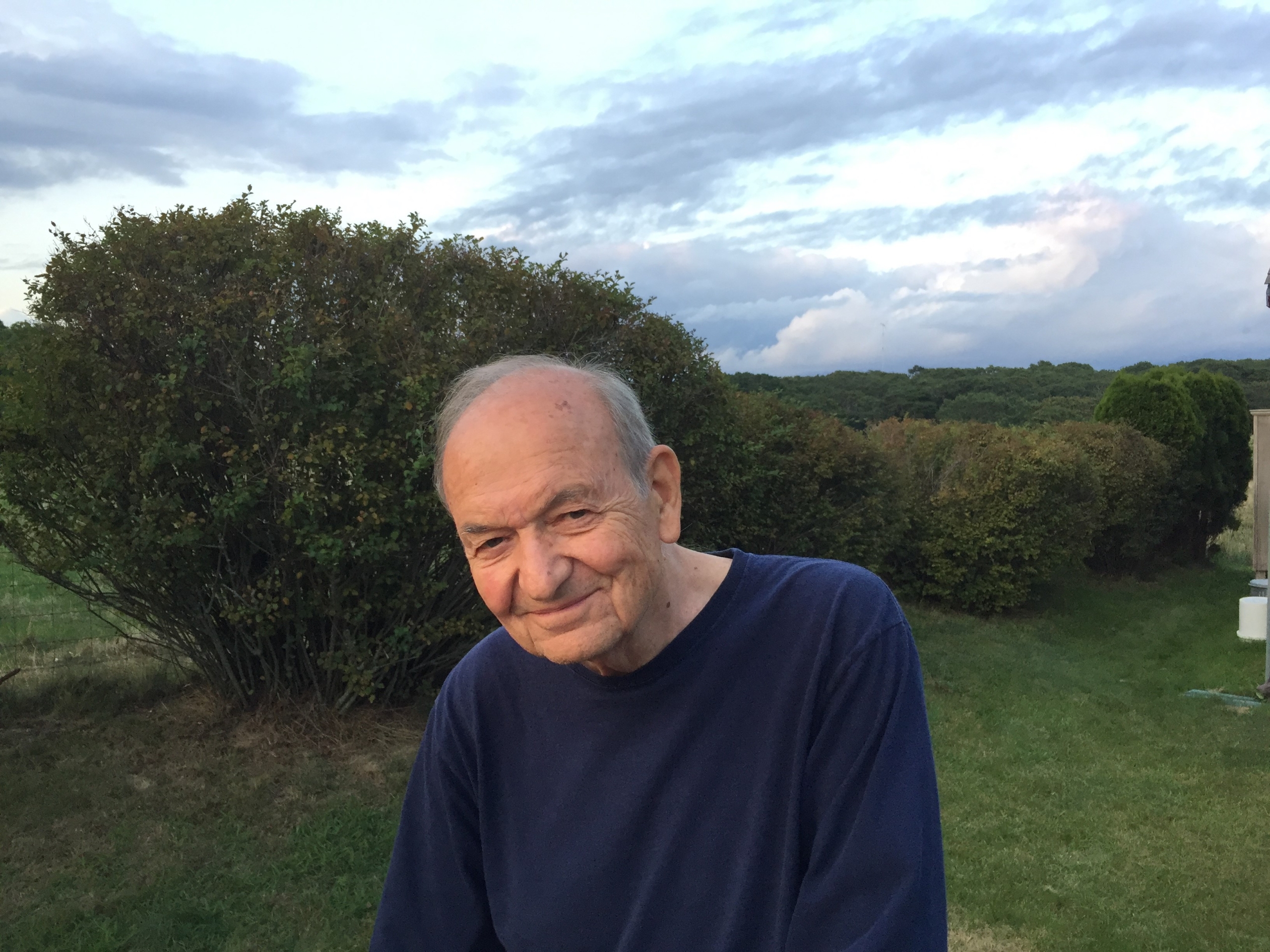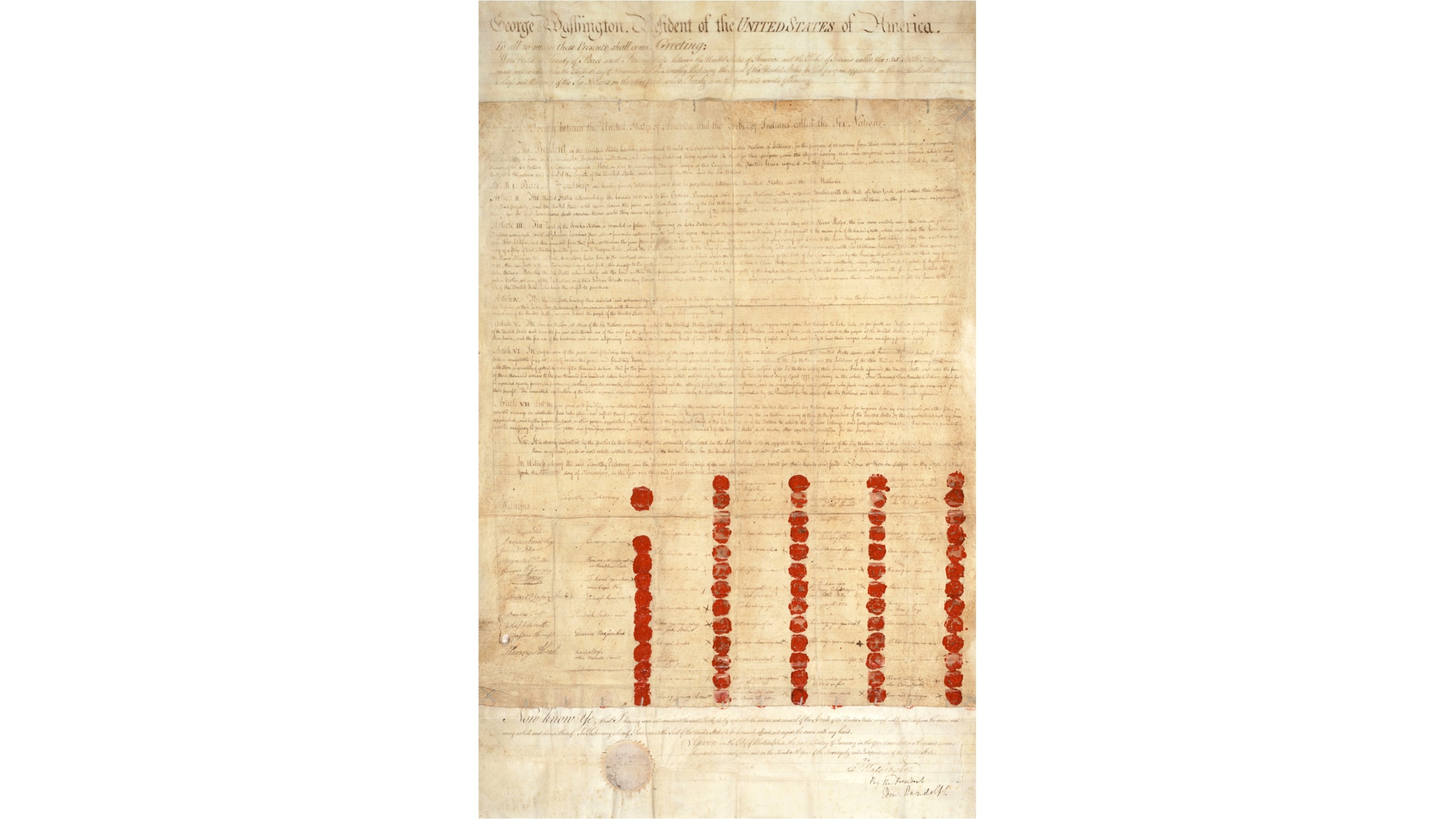On May 1, Chief Judge Rowan D. Wilson announced the winners of the 2025 Law Day Art Contest, co-sponsored by the Society and the Office for Justice Initiatives. One hundred students entered the competition from every corner of the state, making it very difficult to select three winners. We congratulate Elise Kwon (9th JD), Wendy Coleman (6th JD), and Zoe Allen (3rd JD) for their remarkable art that portrayed what this year’s ABA Law Day theme The Constitution’s Promise: Out of Many, One means to them.

Elise Kwon, First Prize Artist’s Description:
My artwork is inspired by the idea that America is a nation woven together by its people, laws, and shared responsibilities. I used to have a quilt from when I was younger that was woven together by my grandparents and had lots of different types of fabric from my childhood (old clothes, blankets…). That’s where I got the idea to create a quilt, showing how in America there are different communities, beliefs, and civic duties that come together to form our country (just like how individual and unique fabric patches come together to form a cohesive design). Each section of the quilt represents a part of our democracy. For example, there are patches to represent our government, civic engagement, our rights, justice, and national unity – depicting the Constitution’s promise of how there is ‘Out of Many, One.’ Every stitch in a quilt holds meaning and keeps the entire piece together, which is why different people from a variety of backgrounds/identities are working together to stitch the quilt. This is meant to show that every person’s role in democracy matters and that despite our individual differences, we remain as one nation.

Wendy Coleman, Second Prize Artist’s Description:
My artwork is inspired by how although each of us are unique and from different cultural backgrounds, religions, and ethnicities, we are all united as one people under the constitution and are brought together to embrace our individuality and live among each other united under one nation and one dream.

Zoe Allen, Third Prize Artist’s Description:
Within the piece, ‘Unity’, a direct interpretation of the theme, ‘Out of many, one’ is shown. As the artist, this theme inspired me to use my friends, family, fellow classmates, and teachers as a reference to create an illusion of an American flag as they all come together into one group. This interpretation speaks to the notion that all of these New York citizens and American individuals have options out of many nations as to where they would like to live and grow. Everyone depicted within the painting has chosen America, and on a smaller scale, New York, for this important decision. This work also serves as an example of the vibrant community my family, school and state has created, and the honor that comes with being part of this community.

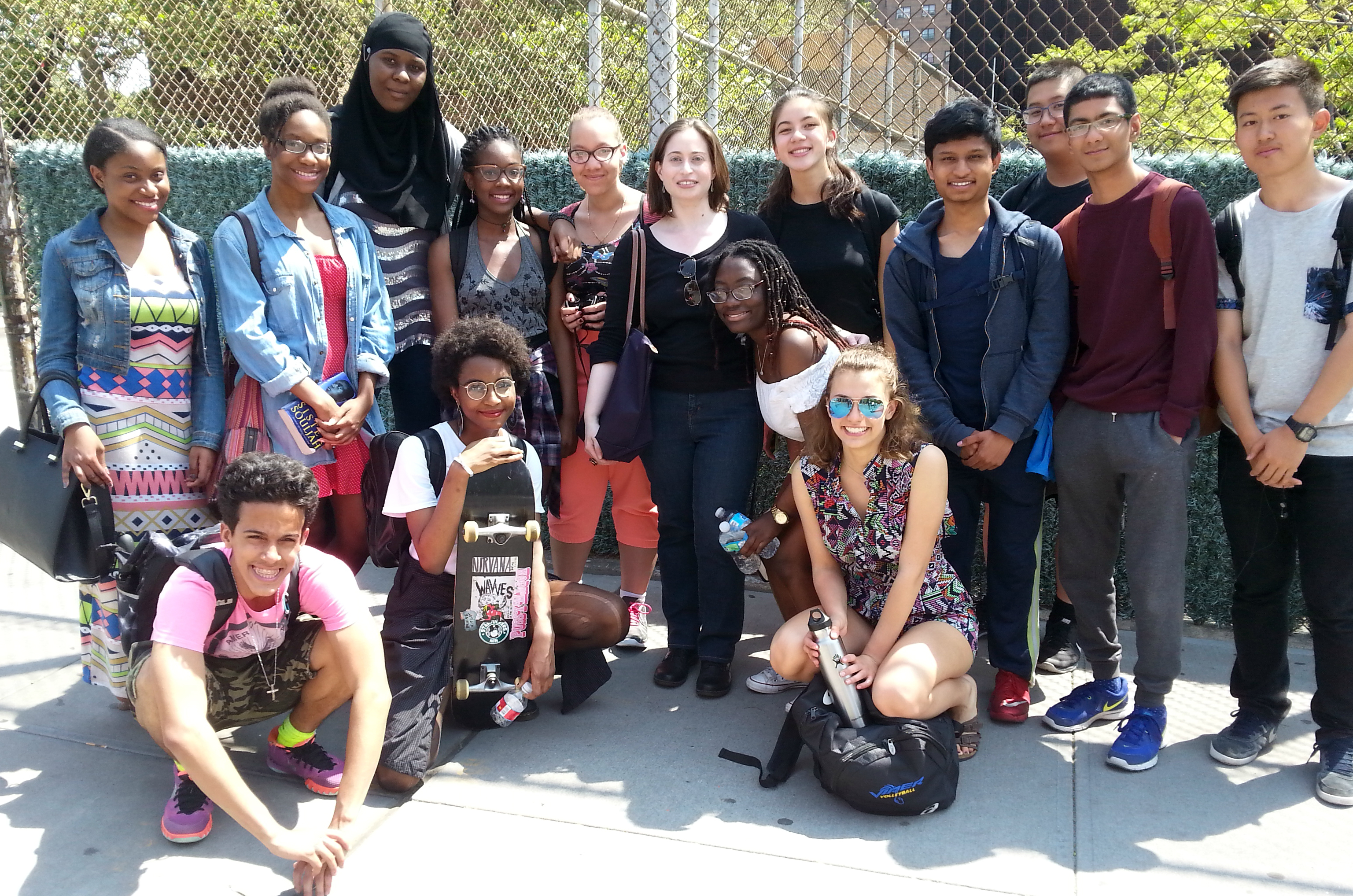
 Julia Rose Kraut holds a JD, as well as a Ph.D. in History, and she is a member of the New York State Bar. Dr. Kraut is a legal historian who specializes in immigration and First Amendment law and history. She is the author of Threat of Dissent: A History of Ideological Exclusion and Deportation in the United States (Harvard University Press, 2020), which is the first legal, social, and political history of the barring and expulsion of foreign noncitizens from the United States based on their political beliefs, expressions, and associations. The book traces this history from the Alien Friends Act of 1798 through the War on Terror. Dr. Kraut has received numerous grants and fellowships to support her research and writing, and she has delivered lectures on her work at various colleges, law schools, museums, and academic conferences. Dr. Kraut has also contributed chapters in edited volumes, including Whose America?: U.S. Immigration Policy since 1980 (University of Illinois Press, 2023) and Whistleblowing Nation: The History of National Security Disclosures and the Cult of State Secrecy (Columbia University Press, 2020).
Julia Rose Kraut holds a JD, as well as a Ph.D. in History, and she is a member of the New York State Bar. Dr. Kraut is a legal historian who specializes in immigration and First Amendment law and history. She is the author of Threat of Dissent: A History of Ideological Exclusion and Deportation in the United States (Harvard University Press, 2020), which is the first legal, social, and political history of the barring and expulsion of foreign noncitizens from the United States based on their political beliefs, expressions, and associations. The book traces this history from the Alien Friends Act of 1798 through the War on Terror. Dr. Kraut has received numerous grants and fellowships to support her research and writing, and she has delivered lectures on her work at various colleges, law schools, museums, and academic conferences. Dr. Kraut has also contributed chapters in edited volumes, including Whose America?: U.S. Immigration Policy since 1980 (University of Illinois Press, 2023) and Whistleblowing Nation: The History of National Security Disclosures and the Cult of State Secrecy (Columbia University Press, 2020).